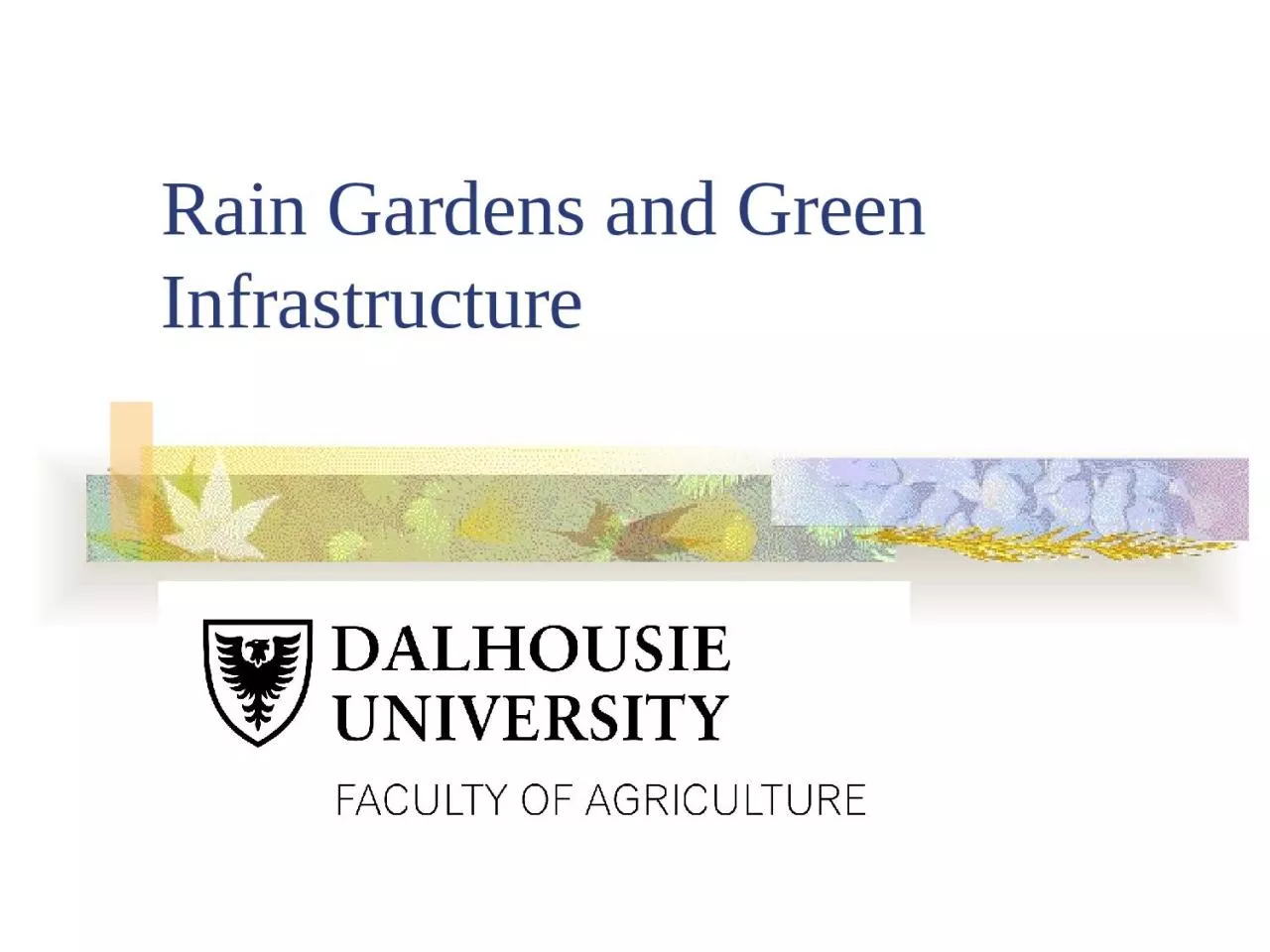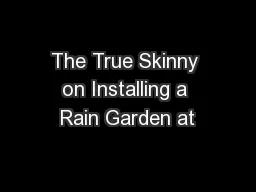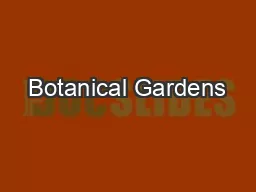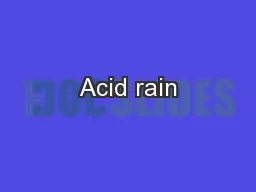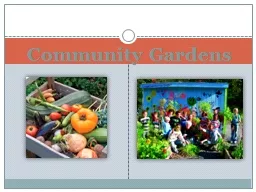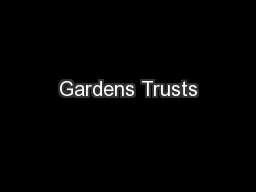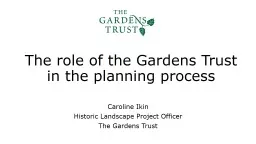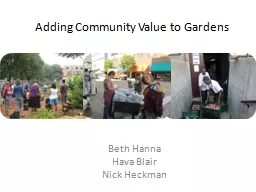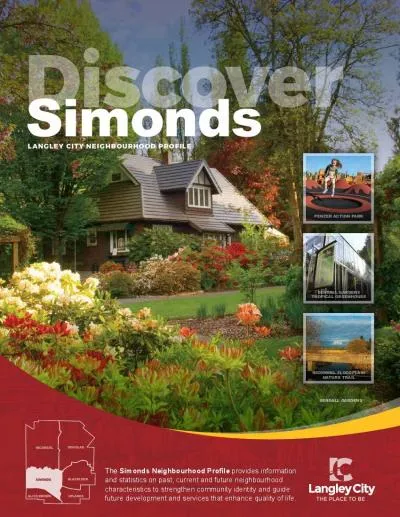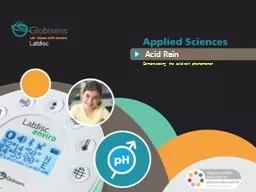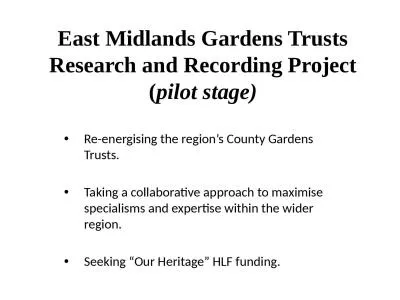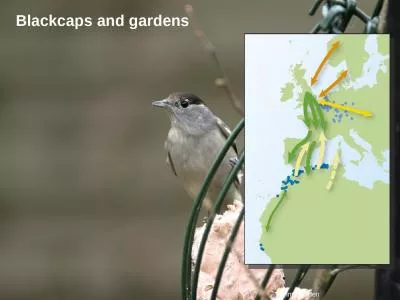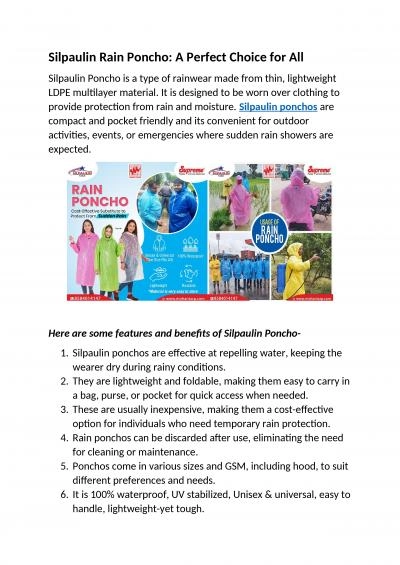PPT-Rain Gardens and Green Infrastructure
Author : sophia | Published Date : 2023-10-25
Agenda 830 900 Intro to green infrastructure and rain gardens 900 1115 Field Trip Green Infrastructure sites GreenspaceRemnant forests Municipal Institutional
Presentation Embed Code
Download Presentation
Download Presentation The PPT/PDF document "Rain Gardens and Green Infrastructure" is the property of its rightful owner. Permission is granted to download and print the materials on this website for personal, non-commercial use only, and to display it on your personal computer provided you do not modify the materials and that you retain all copyright notices contained in the materials. By downloading content from our website, you accept the terms of this agreement.
Rain Gardens and Green Infrastructure: Transcript
Download Rules Of Document
"Rain Gardens and Green Infrastructure"The content belongs to its owner. You may download and print it for personal use, without modification, and keep all copyright notices. By downloading, you agree to these terms.
Related Documents

